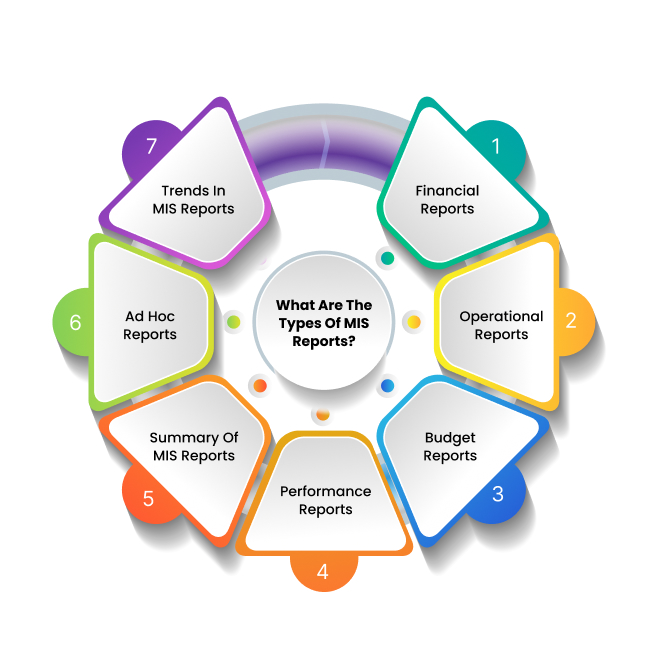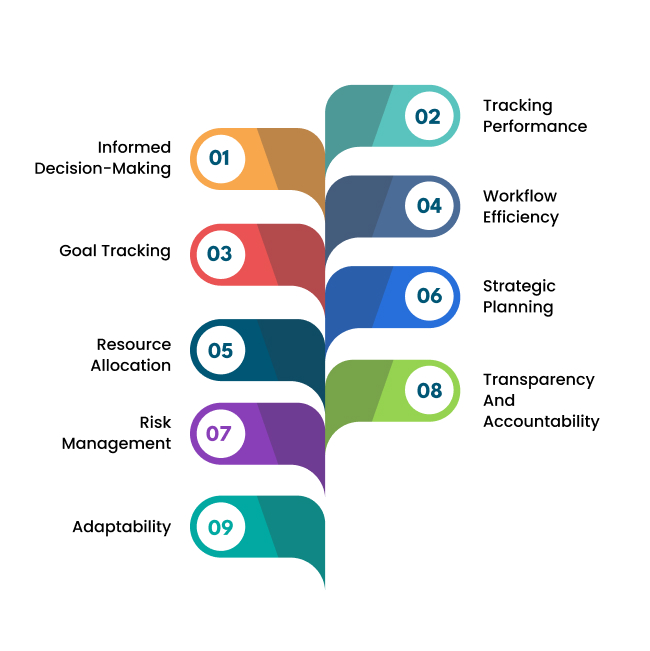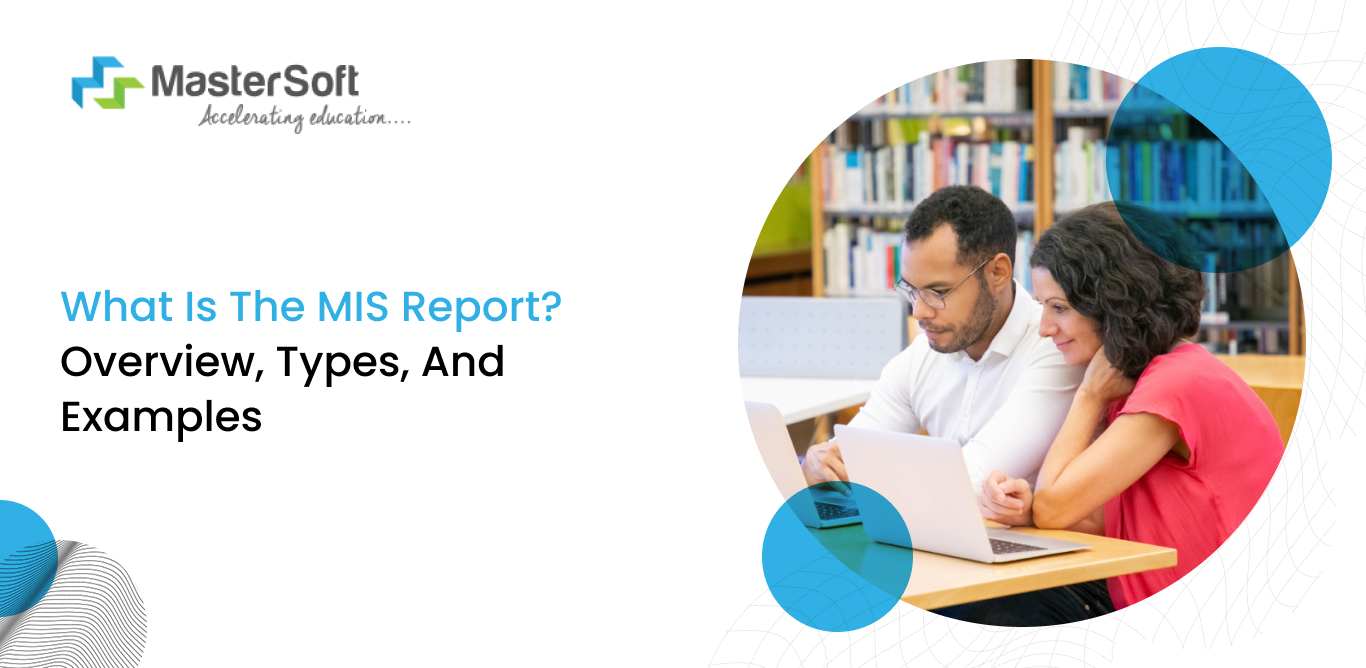17, June 2024
How many students graduated in the last academic year? What is the enrollment percentage for a particular course? Which programs witnessed increased admission in the last two years? Institutes seek answers to these questions to obtain necessary information and improve core administrative functions.
However, manually collecting and maintaining student data throughout the academic year is exhausting. That is why an MIS report is an appropriate solution through which stakeholders can obtain admission data, attendance data, financial information, etc.
What is an MIS report?
MIS, or Management Information System report, is comprehensive data on student enrollment, academic performance, examinations, online classes, etc. Institutes use the MIS report or education MIS report software to retrieve in-depth information.
Furthermore, it is an effective tool that proves to be helpful for teachers, administrators, and other stakeholders. For instance, teachers can use the tool to streamline student data, helping to track students’ performance.
The accounts and admin departments can check the financial data through the centralised platform, helping to facilitate convenient audit processes. On the other hand, institute leaders or management can monitor staff and faculty workflow and identify challenges.
Why MIS Reports Are Important For Educational Institutions?
How do MIS reports work?
Institute team members, especially the admin or the account team members, prepare the MIS reports at regular intervals. Therefore, they can generate daily, weekly, monthly, or quarterly reports by executing the following methods:.
- Data Collection: This is the first and foremost step wherein the team members utilise the MIS report tool to collect information. Hence, it streamlines the student data according to their grades, exam schedules, attendance records, etc.
- Data Processing: After the collection of raw data, the admin checks for inaccuracies or errors and combines the information accordingly.
- Automation: Ed-tech tools like the education MIS software are the top choice for most institutes that automate the generation of MIS reports. Consequently, it also reduces the risk of human errors and inconsistencies.
- Data Presentation: The team members can send digitalized or printed copies of the reports to the management of the institute leaders. Besides, they send them according to the pre-determined reporting schedules (daily, weekly, monthly, etc.).
- Decision-Making - The management evaluates the reports and checks the progress and status of all domains. For example, they observe students’ performance, faculty workflow, financial expenses, etc. The historical data and trends provide insights that help determine the areas for improvement.
- Feedback and Action Plans: The MIS report provides accurate information that management can utilise to highlight critical issues. Furthermore, they can make appropriate plans of action and modify the operations as per the set goals.
- As a result, it may include a series of initiatives such as resource allocation, professional development opportunities, etc.
What are the types of MIS reports?

If someone asked what a MIS report is, a suitable answer would indicate in-depth information about various functionalities across an organization. Moreover, it provides data-driven insights in correspondence to the core operations of the institute. Hence, team members can generate different types of MIS reports, such as:
Financial Reports
As evident from the title, financial reports provide detailed information on an institute’s financial details through balance sheets. For example, it may include total expenditure on courses, infrastructure, admissions, monthly fee accumulation, etc.
The financial reports are crucial to reflect the transparency of cash flow, helping to track the institute’s overall financial status.
Operational Reports
Operational reports highlight day-to-day activities such as online and offline classes and faculty and staff workflow. Simultaneously, it can include admissions- and attendance-related reports.
Budget Reports
Budget reports cover various budget and resource allocations, such as expenses and investments within a particular month or year. Consequently, it helps to keep an eye on the financial activities and transactions of the institute.
Performance Reports
Are students performing well in the formative and summative exams? Teachers and institute leaders can get answers through performance reports. Simultaneously, they can obtain information on students’ progress through these reports.
What’s more, they can evaluate staff and faculty performance by highlighting the Key Performance Indicators (KPIs). Therefore, it helps to assess faculty achievements and essential areas for improvement.
How To Attend Formative And Summative Assessment Online
Summary of MIS Reports
A summary report is a significant MIS report example that draws aggregate data from different departments and functions of the institute. Hence, stakeholders or management will be able to review and observe analytical information and reports from each department.
Ad Hoc Reports
Stakeholders require specific reports immediately to review the ongoing status of a particular project or department. That is when the staff can generate ad hoc or on-demand reports that rely on specific requirements and needs.
Trends in MIS Reports
There is an upward and downward trend in the context of each departmental performance, such as student enrollment and academic performance. Trends: MIS reports are crucial for providing a platform to draw comparisons between past and present trends. Hence, stakeholders can observe the overall institutional performance.
What is the importance of MIS reports?

1. Informed Decision-Making
Stakeholders obtain accurate information about how all the departments function in terms of performance through MIS reports. Therefore, they can measure whether the staff has fulfilled the weekly goals and accomplished the targets.
They can determine the progress or decline of enrollments, course and programme outcomes, etc. through accurate data. Hence, they can make informed decisions in terms of improving administrative or other varied operations.
2. Tracking Performance
Have a particular class of students accomplished learning outcomes? Which department has been faltering in terms of workflow efficiency? MIS report types help to answer all such and many more questions, helping to track the performance of all departments.
In addition, stakeholders and management can also monitor all institutional processes, including enrollment, attendance, and financial transactions. As a result, these reports help to track ongoing progress, identify key improvement areas, and implement changes.
3. Goal Tracking
Institutes establish criteria for institutional performance, including academic objectives, faculty productivity, etc. MIS reports help to ensure that different departments are on the right path to fulfil the pre-determined goals.
4. Workflow Efficiency
It provides detailed and timely reports on operational processes and staff productivity, which helps detect inefficiencies and obstacles. Hence, management can take mitigative steps to overcome the shortcomings and attain workflow efficiency.
5. Resource Allocation
The management and institute leaders can gauge the specific requirements of all departments with the help of the reports. In fact, they can determine organisational needs and allocate resources (financial, technological, and human) accordingly.
6. Strategic Planning
When institutes elaborate on data on organisational operations, it helps to identify the gaps and drawbacks. Additionally, they can generate data, which helps monitor current and past trends, so they can execute strategic planning.
7. Risk Management
These reports help to identify inconsistencies and anticipate risks effectively by analyzing data and trends. For instance, teachers can identify at-risk students through attendance reports and develop retention strategies.
8. Transparency and Accountability
Institutes can achieve and maintain transparency through MIS reports as they provide insights into organizational operations. Consequently, transparency encourages increased accountability among team members and faculty.
9. Adaptability
Educational institutes must strive to adapt to the evolving needs of students and the organisational targets and objectives. That is where MIS reports provide timely solutions and assistance through accurate data.
Let’s wrap it up.
The MIS report is a significant document that provides comprehensive information on cross-departmental operations. It provides valuable insights into various institutional functions, including enrollment, faculty performance, financial status, etc.
Furthermore, various types of MIS reports, such as summary reports, are crucial as they assist educational institutes in detecting trends and inconsistencies.
Want to enhance students’ thinking abilities but don’t know where to start? Learn More
Mobile: 08448010216
Email: janki.somani@iitms.co.in













